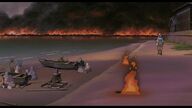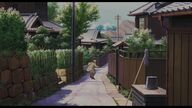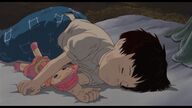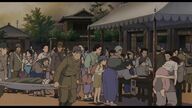That is to say, in the eight-year war of aggression: the
Japanese army was killed in the Chinese battlefield by 404,600 people, accounting for about 22%;
in northeastern China, 26,500 people were killed, mainly in the Nomenkan conflict in 1939, 8,800 people and 1945 people died. The results of the Soviet Union's invasion of the Northeast in 2010. The Soviet army killed about 20,000 Japanese soldiers, accounting for 1.1% of the total number of Japanese soldiers killed in World War II. During the eight-year Anti-Japanese War, the anti-Japanese coalition forces killed only about 6,000 Japanese soldiers in the northeast.
The Japanese killed 162,000 people in Burma, and about 150,000 people were killed by the British army, accounting for 8% of the total.
The number of Japanese soldiers killed by the US military in the Pacific theater was 1.25 million, accounting for 67%. In other words, two-thirds of the Japanese troops in World War II were killed by the U.S. military, and the U.S. was undoubtedly the number one main force in defeating Japan.
Under Air Raid Navy Dad and Sunken Warships. It is speculated that it refers to the US-Japan Pacific War,
which should be the background of the Grave of Fireflies.
View more about Grave of the Fireflies reviews








